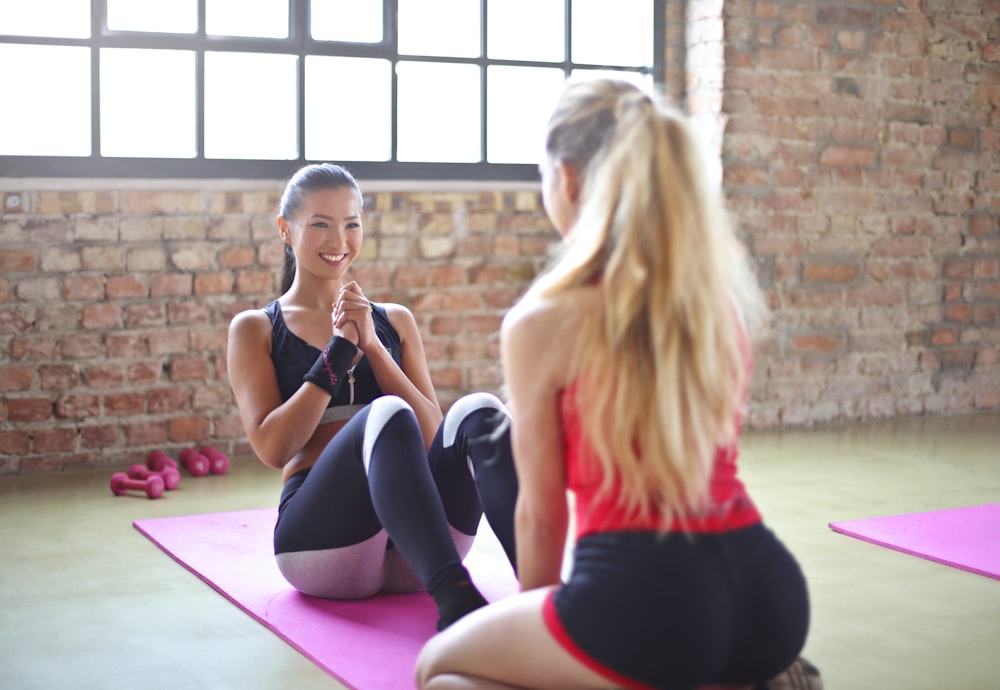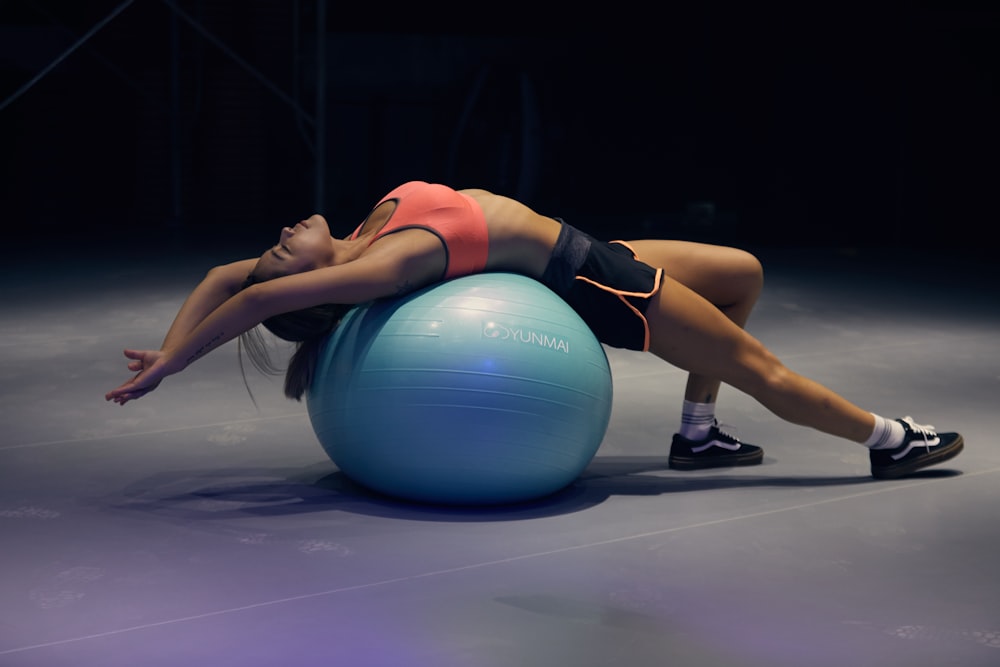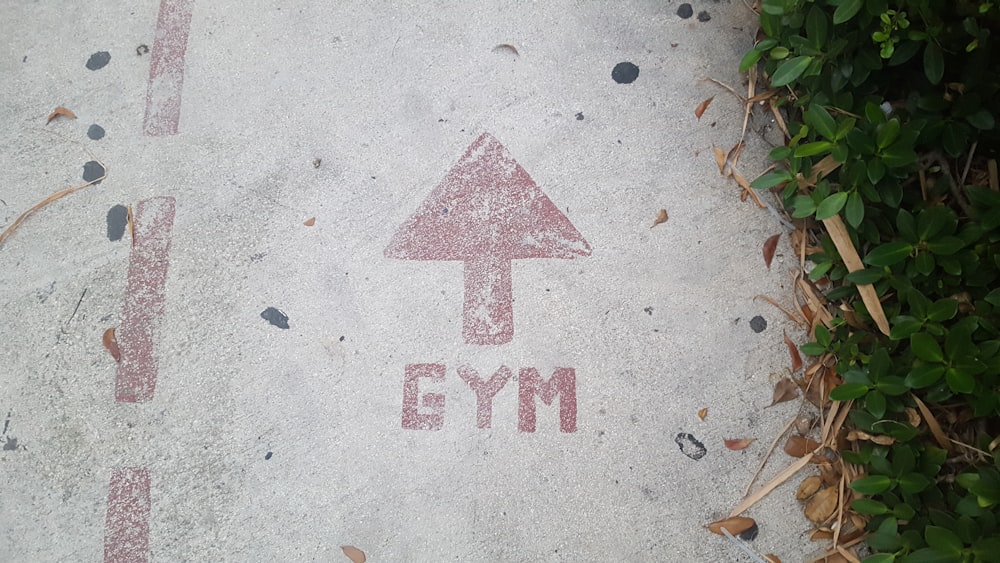
Get Started Beginner Calisthenics Full Body Routine
Unlock Your Full Potential with Beginner’s Full Body Calisthenics
Introduction:
Embarking on a fitness journey can be daunting, especially for beginners. But fear not, as full-body calisthenics offers a comprehensive and accessible approach to strength training without the need for fancy equipment or gym memberships. In this guide, we’ll delve into the world of beginner’s full-body calisthenics, exploring its benefits, key exercises, and how to get started on your path to fitness mastery.
Understanding Full Body Calisthenics:
Full-body calisthenics is a form of exercise that utilizes body weight movements to build strength, endurance, and flexibility across all muscle groups simultaneously. Unlike traditional weightlifting, which often isolates specific muscles, calisthenics promotes functional strength by engaging multiple muscle groups in coordinated movements. This holistic approach not only enhances physical performance but also improves overall body awareness and control.
The Benefits of Full Body Calisthenics:
One of the primary advantages of full-body calisthenics is its accessibility. You don’t need expensive equipment or a gym membership to get started—all you need is your body and a willingness to learn. This makes calisthenics an ideal option for beginners or anyone looking to kickstart their fitness journey without breaking the bank.
Moreover, full-body calisthenics offers a versatile and scalable workout routine that can be tailored to individual fitness levels. Whether you’re a complete novice or a seasoned athlete, calisthenics exercises can be modified to suit your abilities, allowing you to progress at your own pace and avoid injury.
Key Exercises for Beginners:
Now, let’s take a closer look at some fundamental calisthenics exercises that are perfect for beginners:
- Push-Ups: A classic upper body exercise, push-ups target the chest, shoulders, and triceps while also engaging the core for stability. Start with modified push-ups on your knees if necessary, then progress to full push-ups as you build strength.
- Bodyweight Squats: Squats are essential for building lower body strength and mobility. Focus on proper form, keeping your knees aligned with your toes and your back straight throughout the movement.
- Pull-Ups (or Assisted Pull-Ups): Pull-ups are excellent for developing back and arm strength. If you’re unable to do a full pull-up yet, use a resistance band or assisted pull-up machine to gradually build up to it.
- Planks: Planks are a fantastic core-strengthening exercise that also improves overall stability and posture. Start with short holds and gradually increase the duration as you progress.
- Lunges: Lunges target the legs and glutes while also improving balance and coordination. Focus on smooth, controlled movements, and don’t forget to engage your core for stability.
Getting Started:
Now that you’re familiar with some key calisthenics exercises, it’s time to put them into action. Here are some tips for getting started with your beginner’s full-body calisthenics routine:
- Set Realistic Goals: Establish achievable fitness goals that align with your current abilities and long-term aspirations. Whether it’s mastering a new exercise or increasing your workout intensity, having clear objectives will help keep you motivated and on track.
- Stay Consistent: Consistency is key to seeing results in any fitness endeavor. Make a commitment to regular exercise, scheduling dedicated workout sessions into your weekly routine.
- Listen to Your Body: Pay attention to how your body responds to different exercises and adjust accordingly. If something doesn’t feel right, don’t push through pain—take a step back and reassess your approach.
- Seek Guidance: Consider working with a certified personal trainer or joining a calisthenics community for additional support and guidance. A knowledgeable mentor can provide valuable feedback and help you refine your technique for optimal results.
- Celebrate Progress: Remember to celebrate your achievements along the way, no matter how small. Whether it’s completing an extra rep or reaching a new milestone, each step forward is a testament to your dedication and hard work.
By incorporating full-body calisthenics into your fitness routine, you’ll not only build strength and endurance but also develop a deeper connection with your body and its capabilities. So lace up your sneakers, roll out your yoga mat, and let the journey begin. With perseverance and determination, you’ll unlock your full potential and achieve your fitness goals one rep at a time. Read more about full body beginner calisthenics workout












